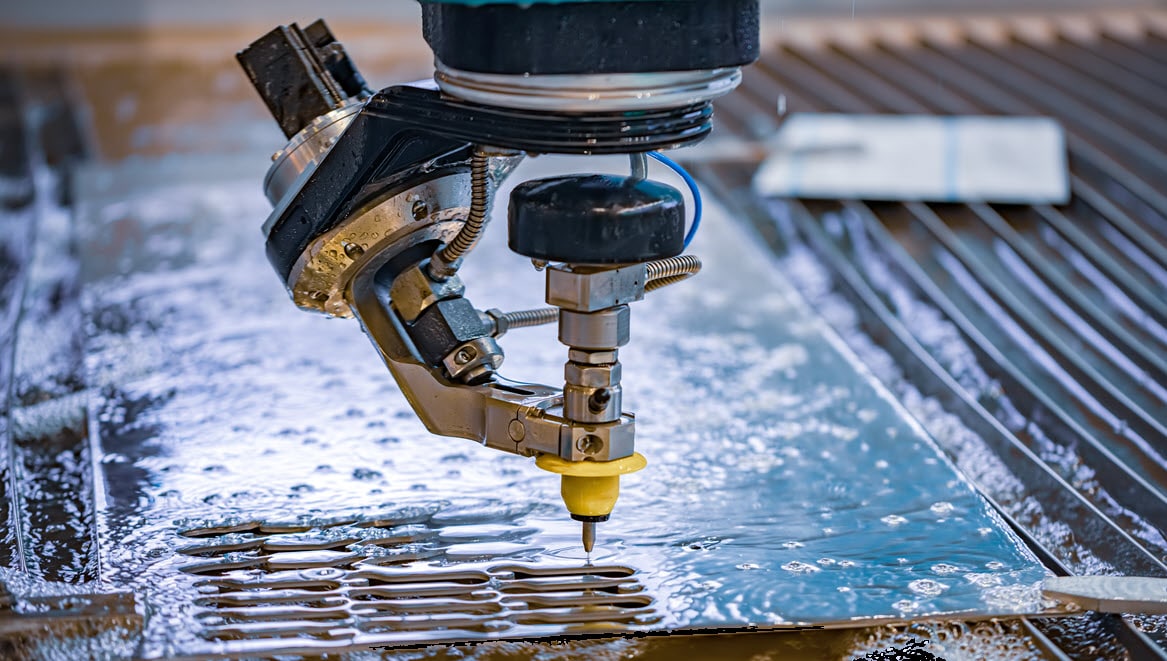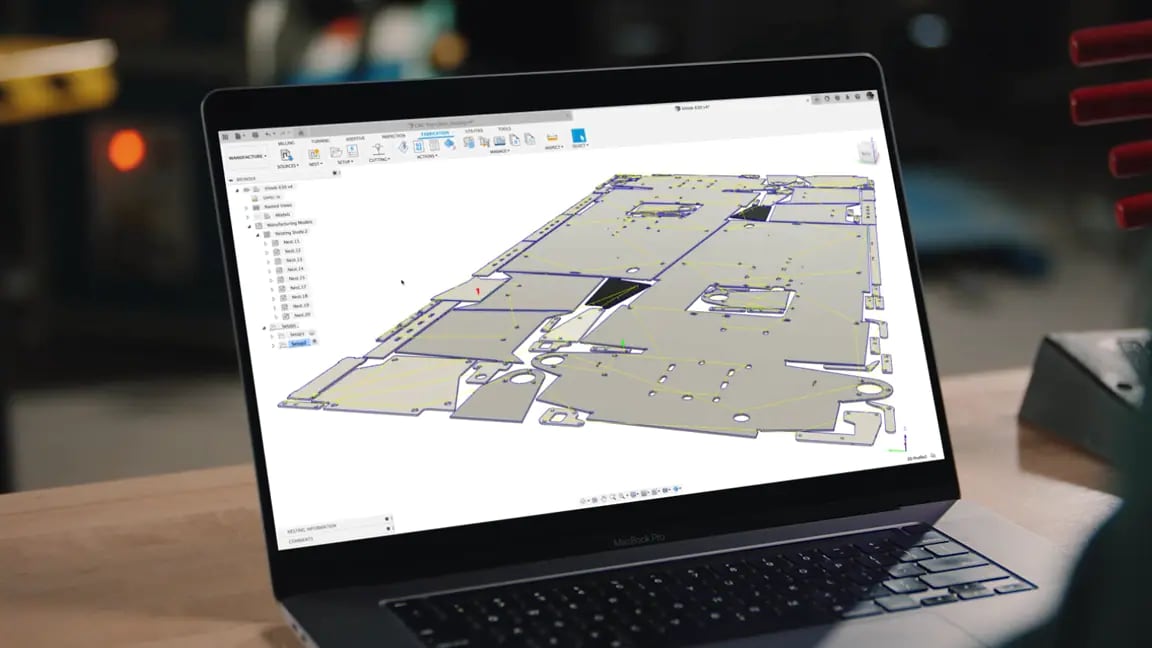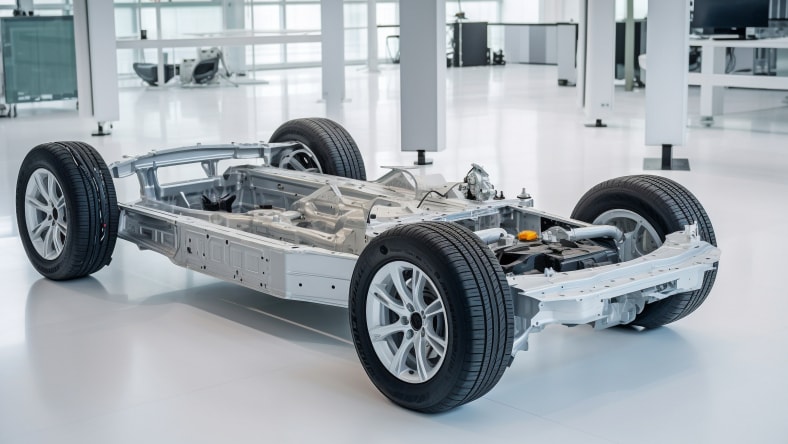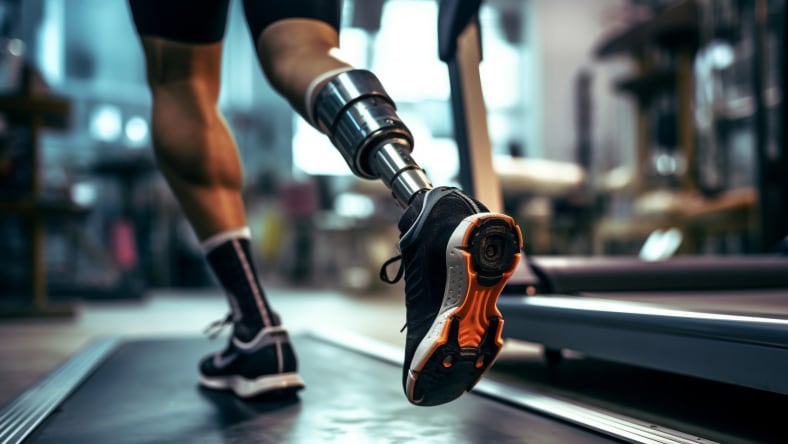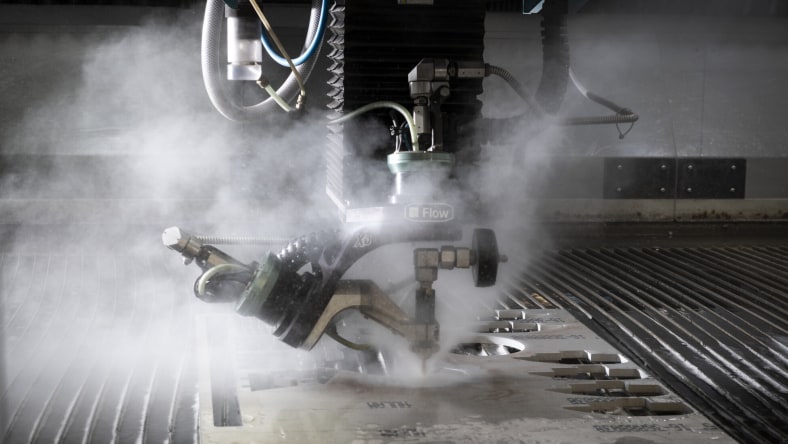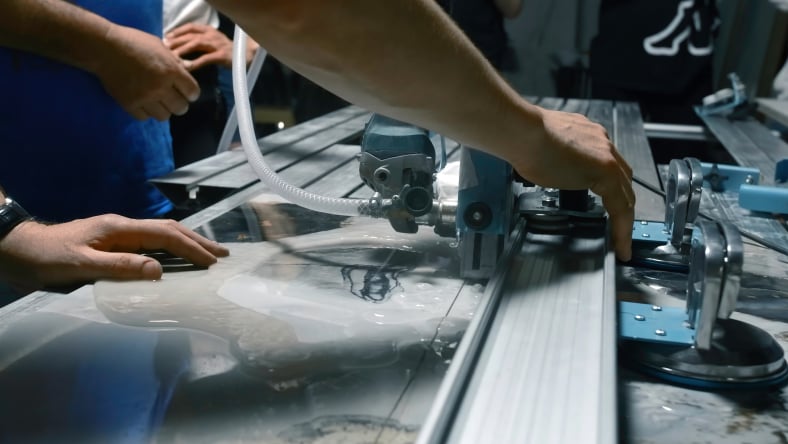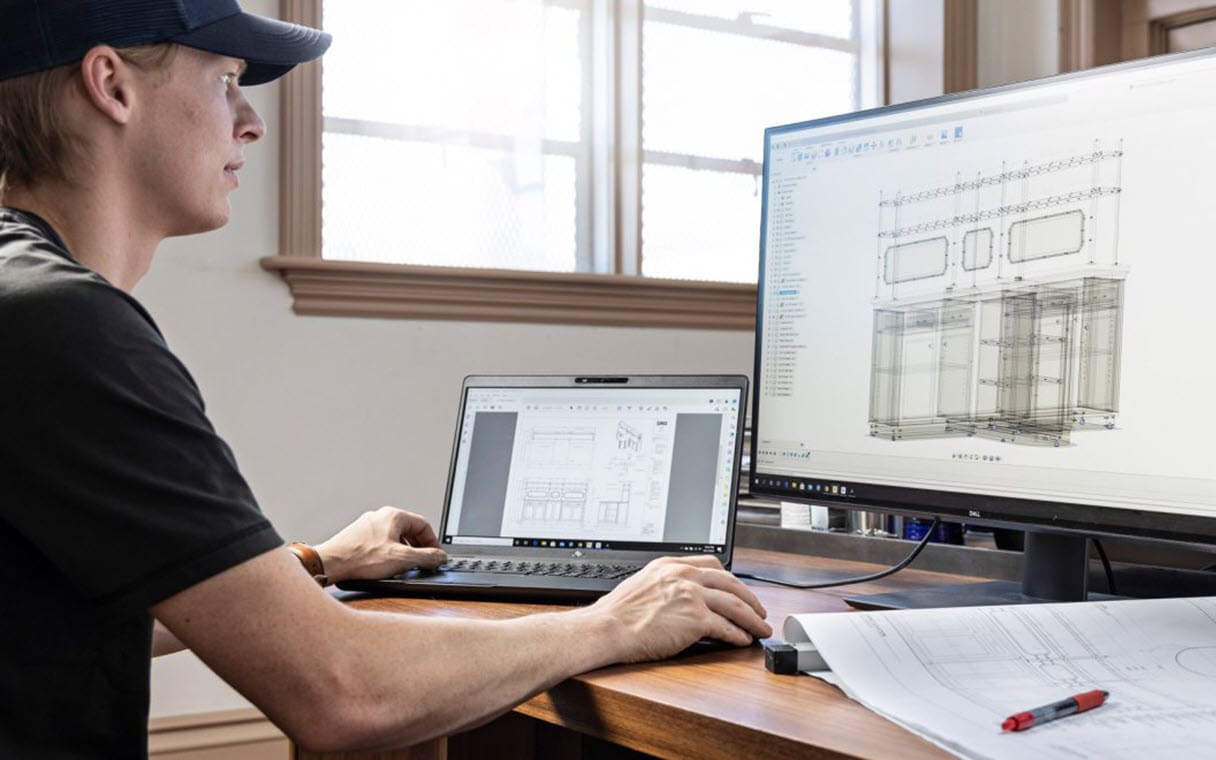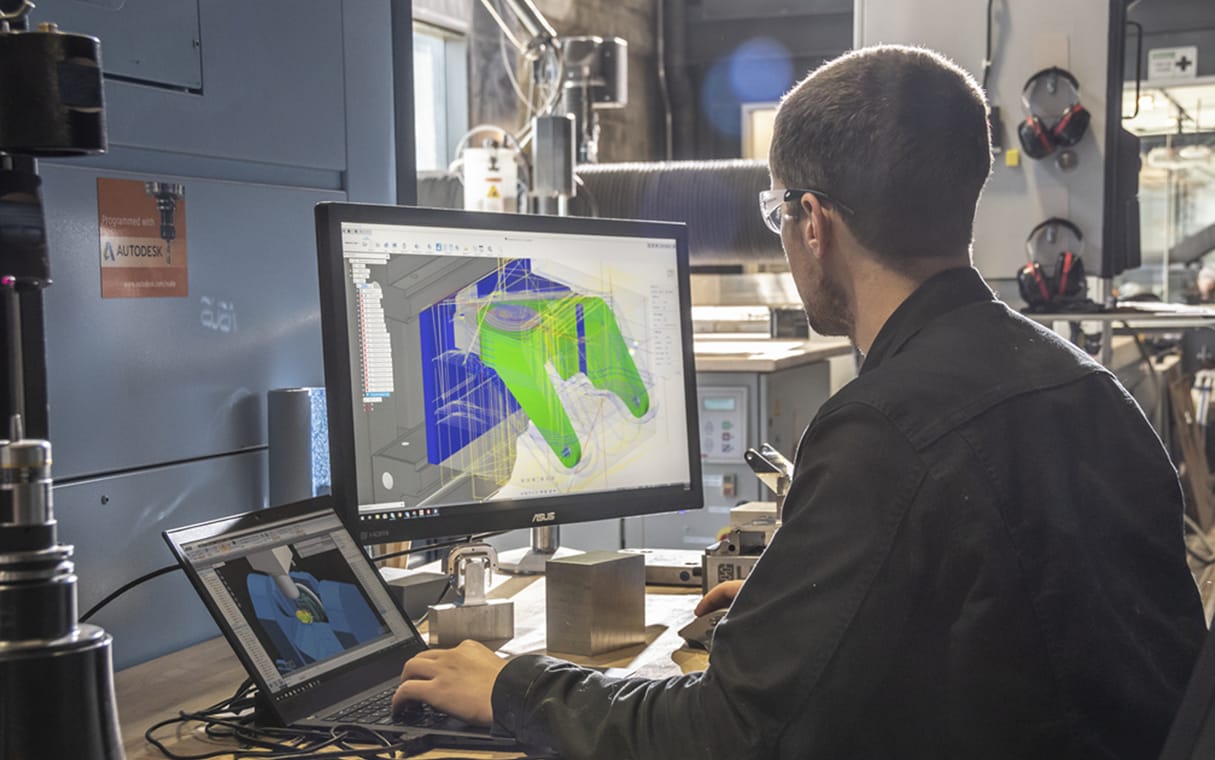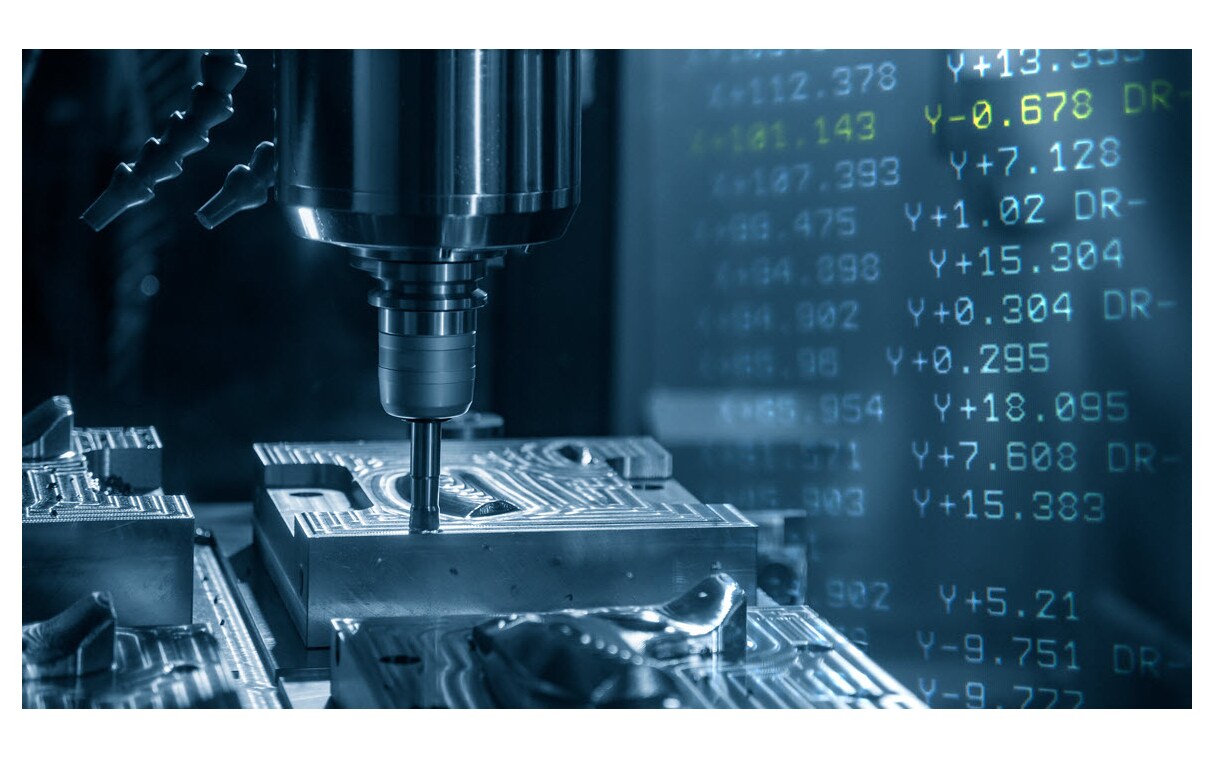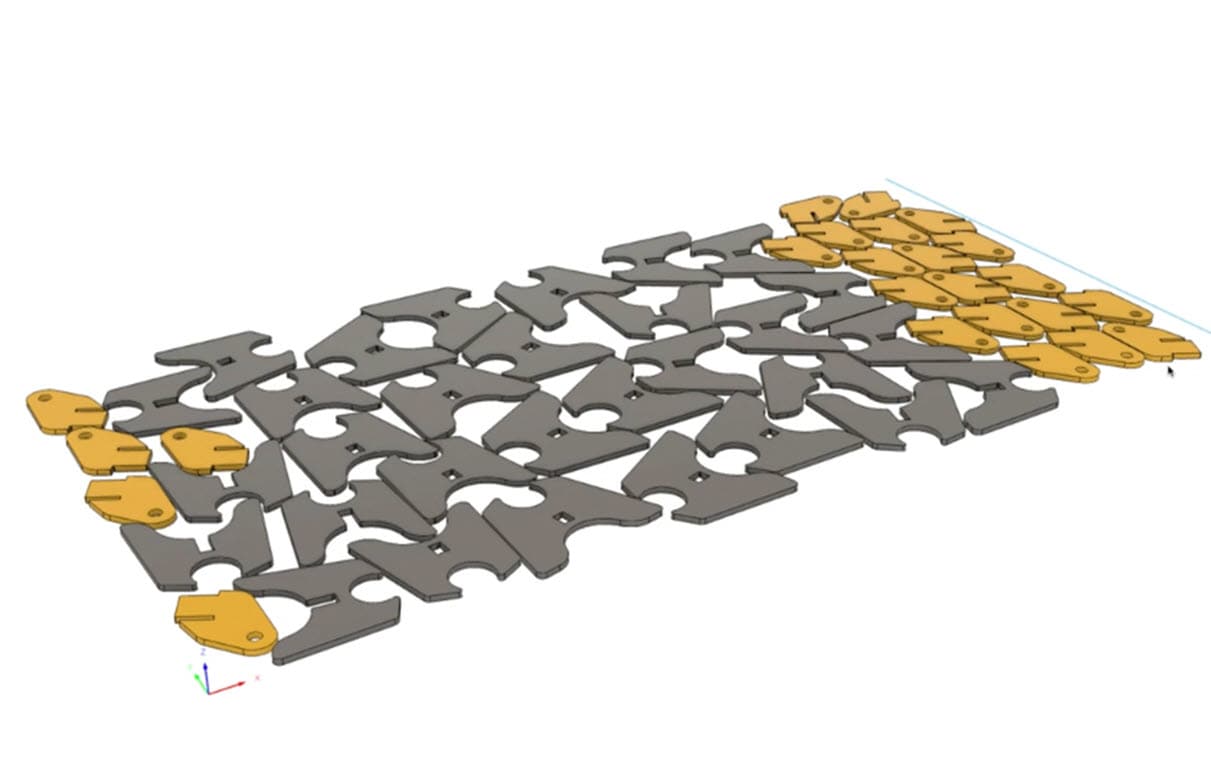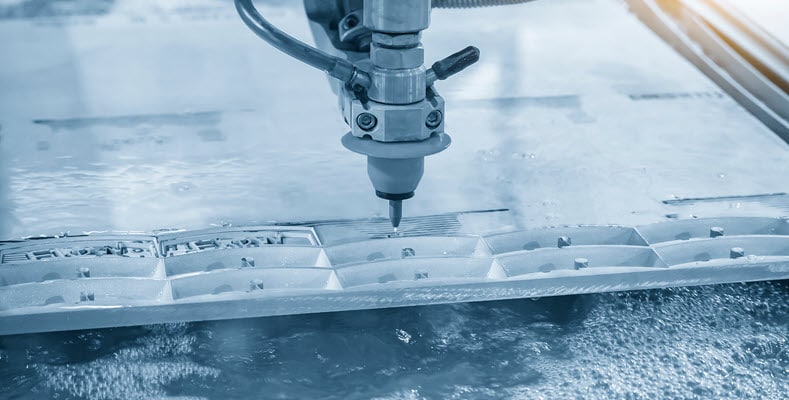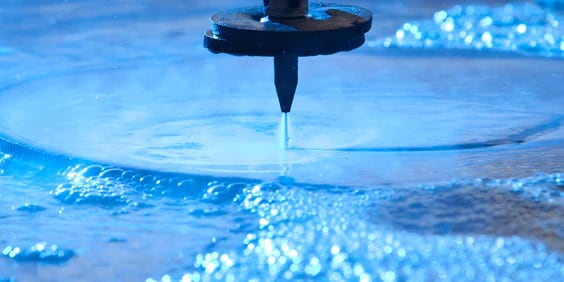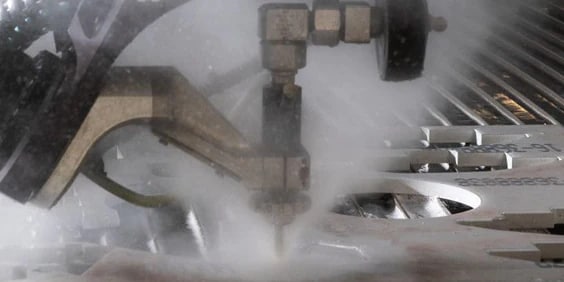waterjet cutting and laser cutting offer distinct advantages depending on the requirements of a project. Laser cutting uses a high-powered, heat-intensive laser to cut metals, plastics, and composites. It's particularly effective for thinner materials, yet it introduces the possibility of heat-affected zones (HAZ), potentially altering material properties around the cut.
waterjet cutting is ideal for precise, clean cuts and uses a cold-cutting process that protects material integrity and avoids the risk of distortion due to thermal stress. It is optimal for cutting thicker materials including steel, aluminium, titanium, plastics and copper. waterjet cutting can handle a wider range of materials, making it a versatile choice for many applications where preserving material integrity is crucial.



